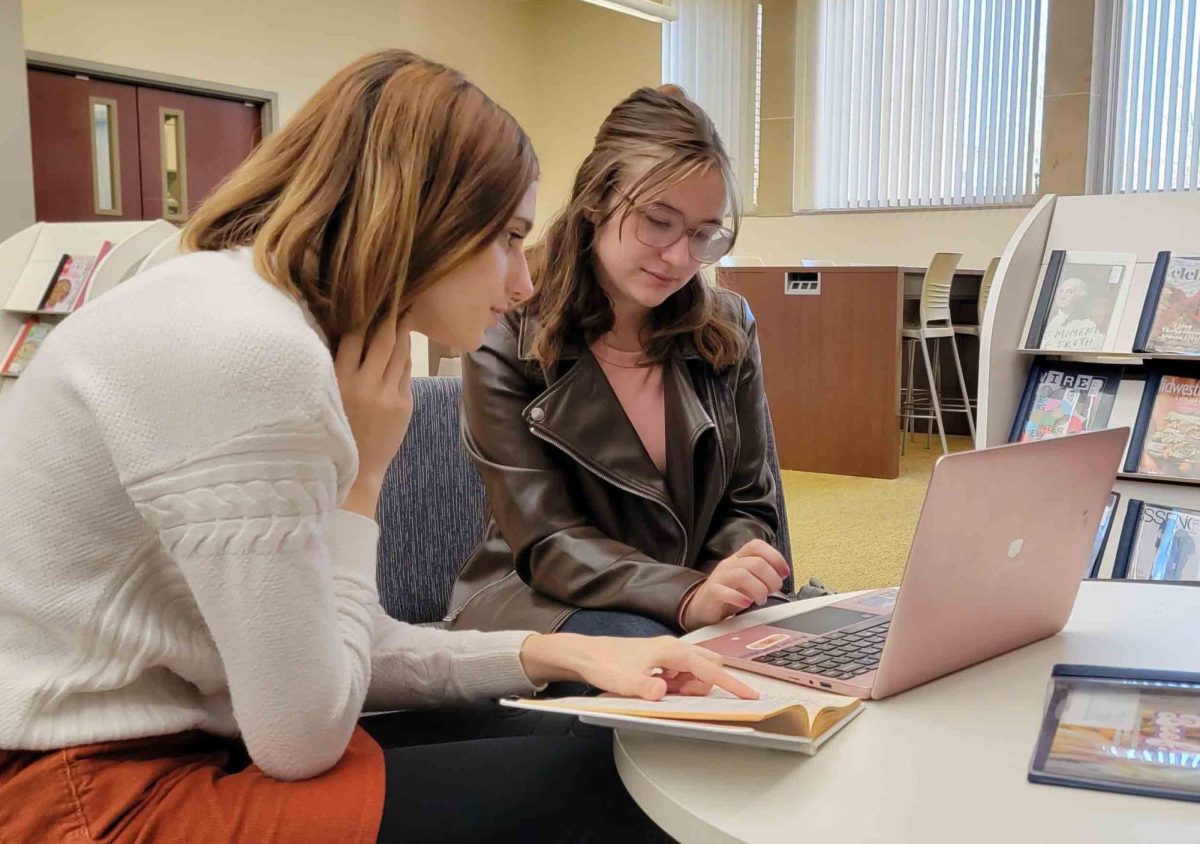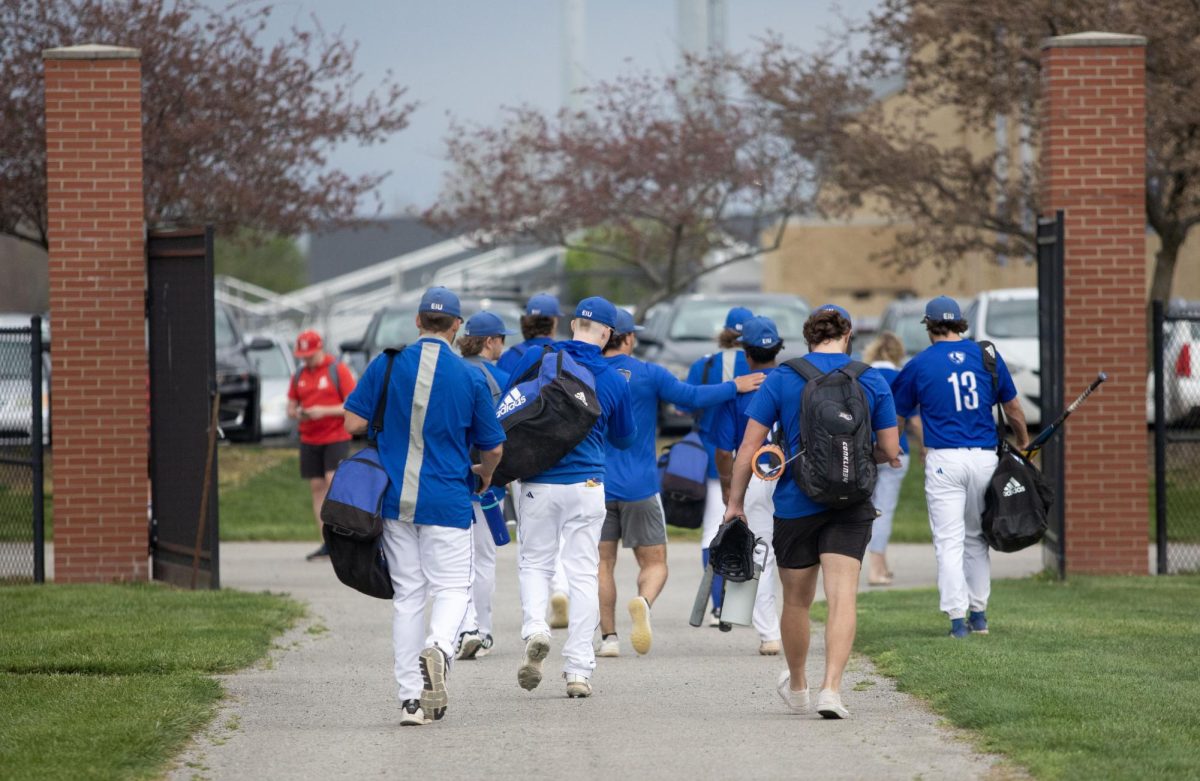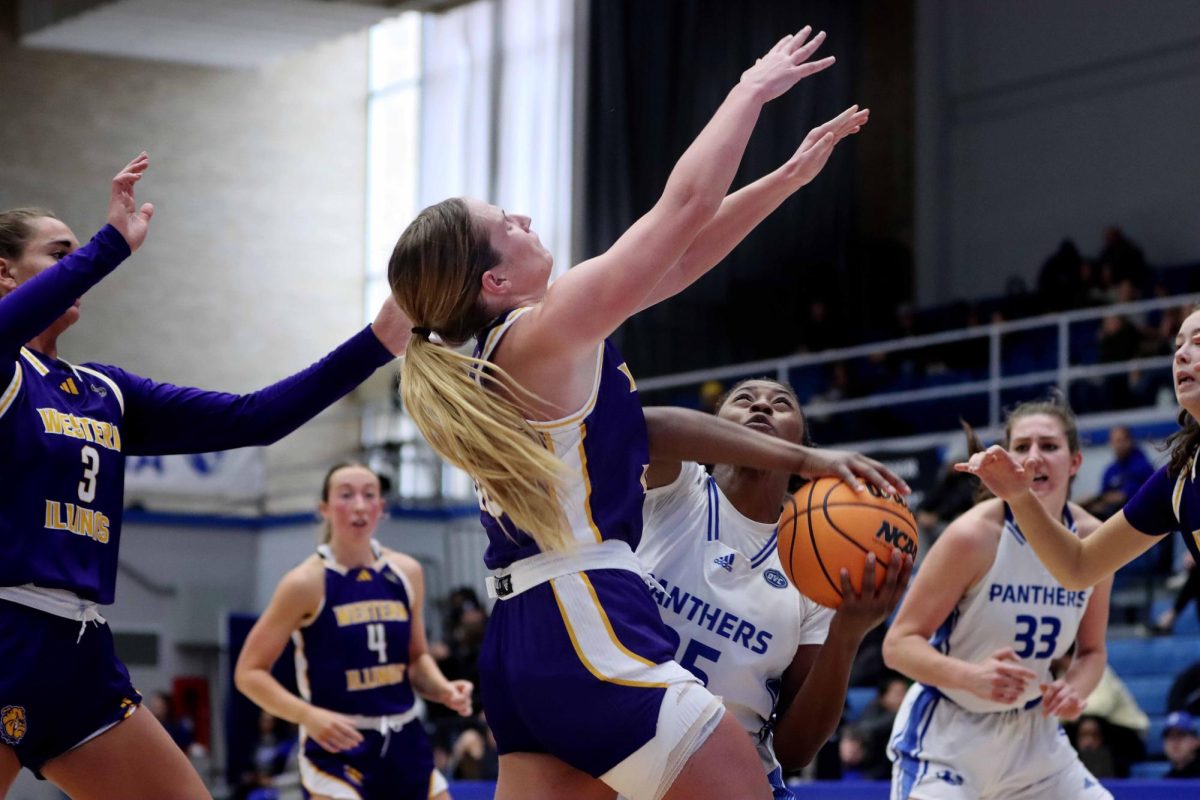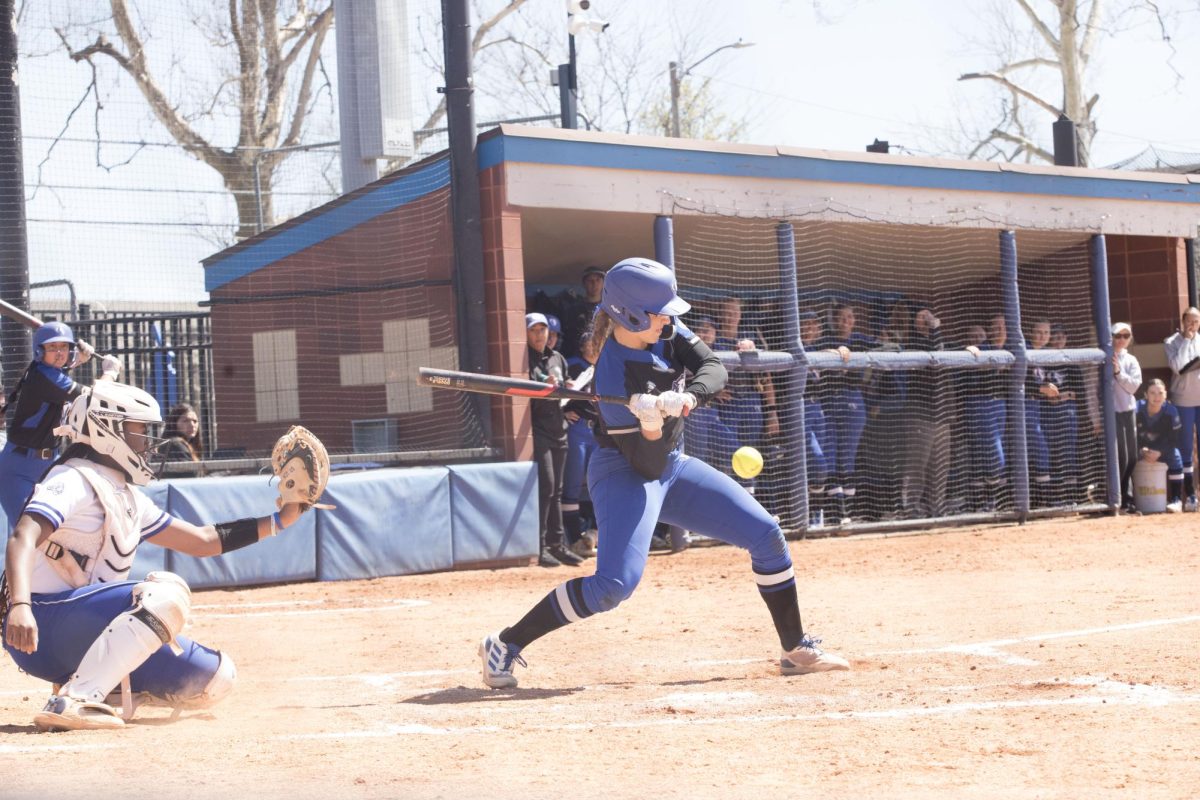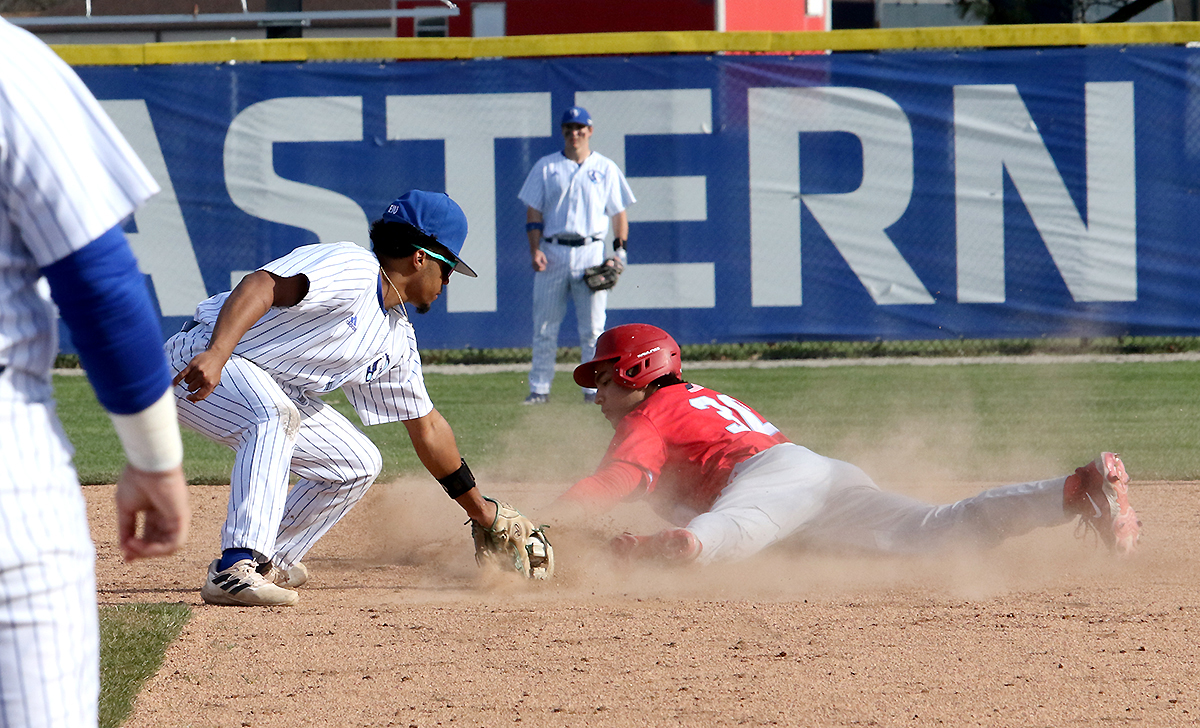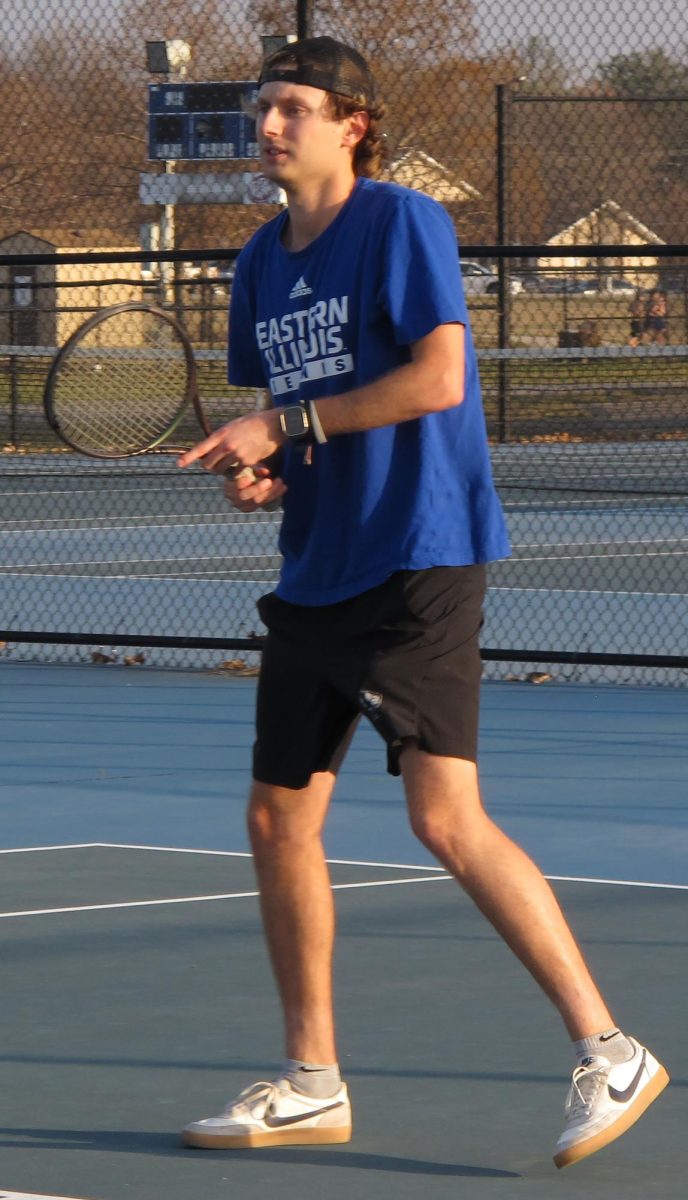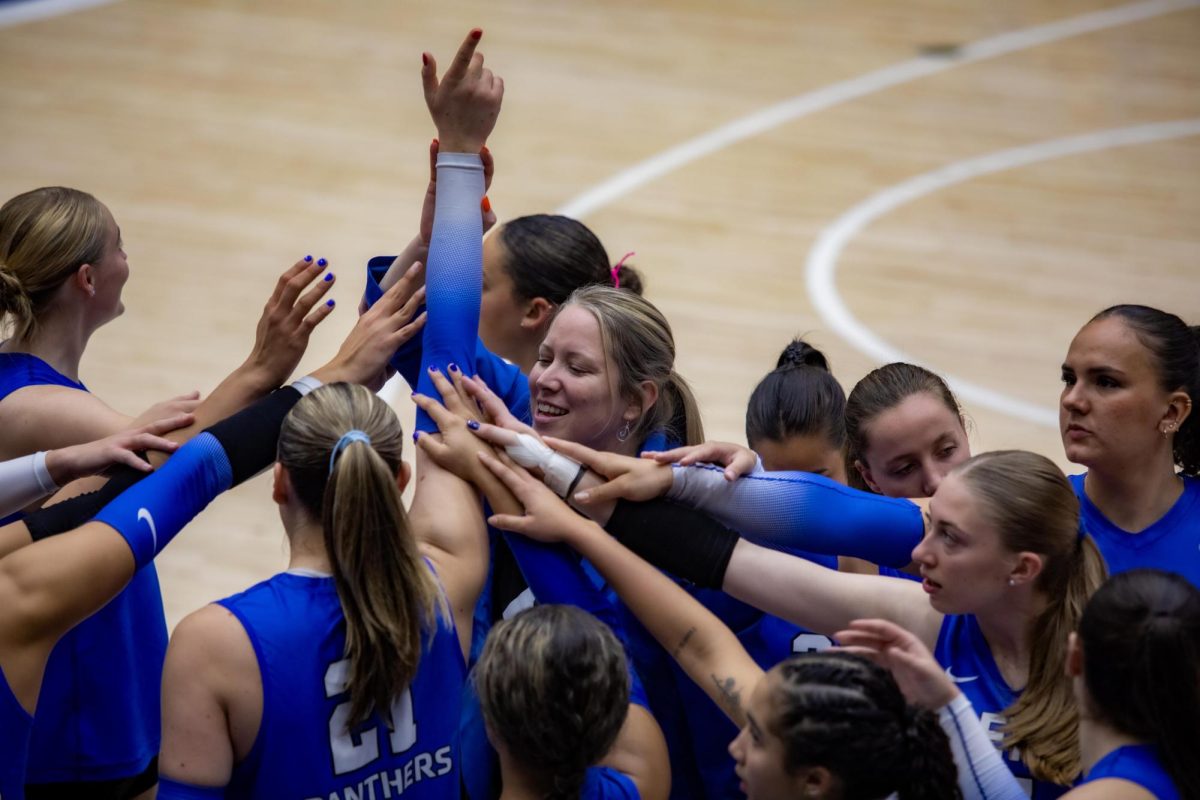Column: Loss at tournament doesn’t define whole season

(ARA) – CPR has come a long way since the early days when cardiac arrest victims had air blown into their lungs with fireplace bellows, were rolled over a wine barrel or strapped across the back of a horse that was sent galloping across a field.
This year, the American Heart Association is celebrating the 50th anniversary of modern CPR (cardiopulmonary resuscitation): the combination of breaths and chest compressions that can help keep a cardiac arrest victim alive.
“We’ve made tremendous advances in resuscitation science in the last 50 years,” said Michael Sayre, M.D., chairman of the American Heart Association’s Emergency Cardiovascular Care Committee. “We’ve developed the technology for automated external defibrillators (AEDs) and trained millions of people in CPR. But survival from cardiac arrest is still too low.”
Cardiac arrest is the abrupt loss of heart function – the heart’s electrical system goes haywire, the heart can’t beat effectively and the victim collapses. Emergency personnel respond to about 300,000 victims of out-of-hospital sudden cardiac arrest each year, but more than 92 percent of people who suffer cardiac arrest outside the hospital die from it. Without immediate CPR, the chance of surviving out-of-hospital cardiac arrest drops up to 10 percent for each minute that passes without treatment.
Unfortunately, fewer than one third of out-of-hospital cardiac arrest victims receive CPR from a bystander. “We’ve got the science – now we need to get more people to do something when they see someone suddenly collapse,” Sayre said.
In October, the American Heart Association will release its new guidelines for how to best perform CPR. The guidelines, which are revised every five years, are based on the most recent research and science – meaning that CPR continues to evolve, ensuring the most effective methods are used to help save more lives.
The American Heart Association is encouraging people to take action with Hands-Only CPR when they see an adult suddenly collapse. There are just two steps: (1) Call 9-1-1; and (2) Push hard and fast on the center of the chest until professional help arrives. Conventional CPR (with breaths and chest compressions) is still recommended to help children under eight years old and drowning and electrocution victims.
The American Heart Association is committed to making learning CPR accessible. You can visit www.americanheart.org/cpr to find out about instructor-led courses in your area or order CPR Anytime, an at-home CPR kit with an inflatable mannequin and an instructional DVD. For CPR instructions at your fingertips, download the Pocket First Aid & CPR application or the free Hands-Only CPR application available for the iPhone or Google Android.
Courtesy of ARAcontent
Column: Loss at tournament doesn’t define whole season
You and I both have had a couple days to sit back and reflect on the women’s side of the Ohio Valley Conference Tournament.

